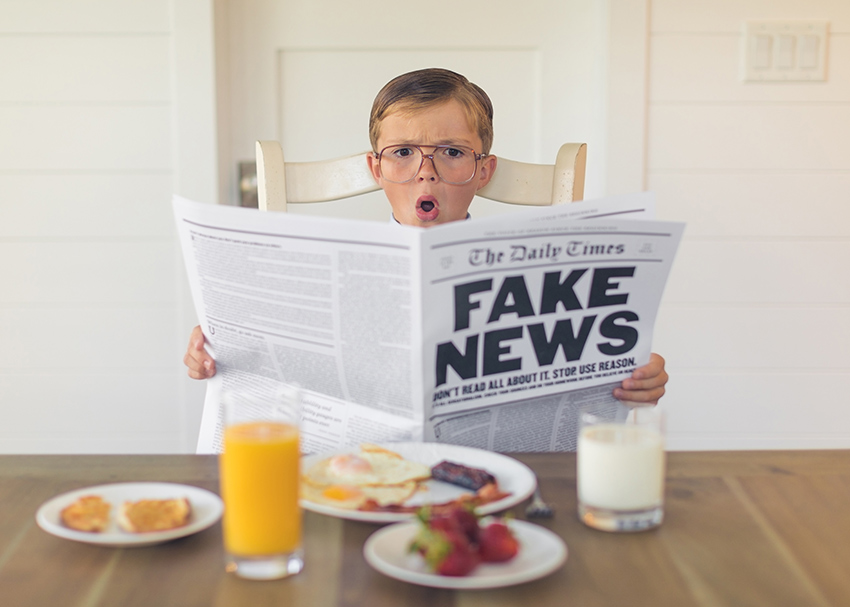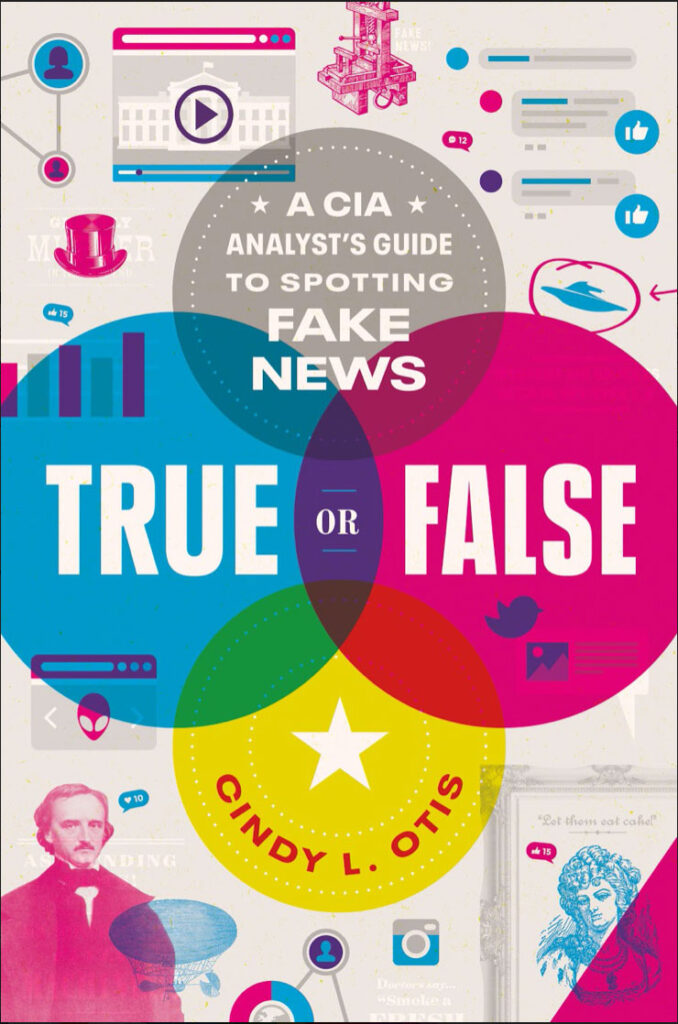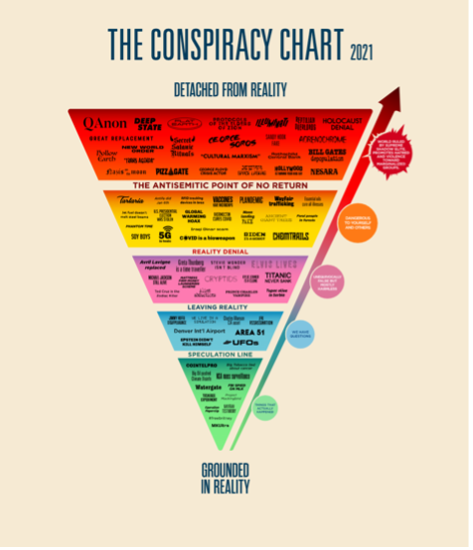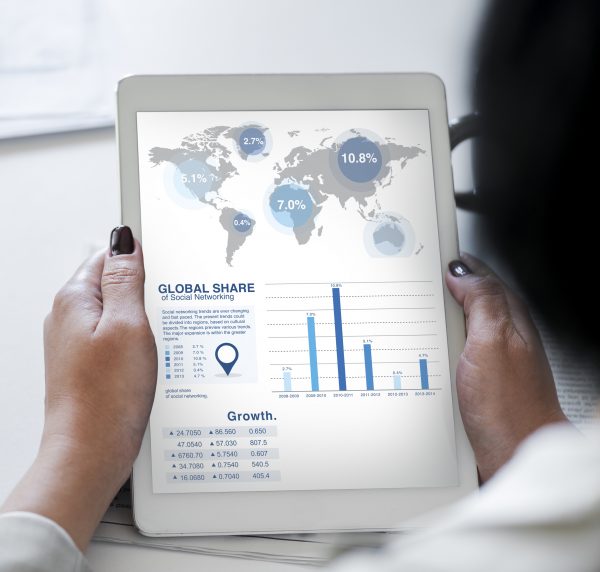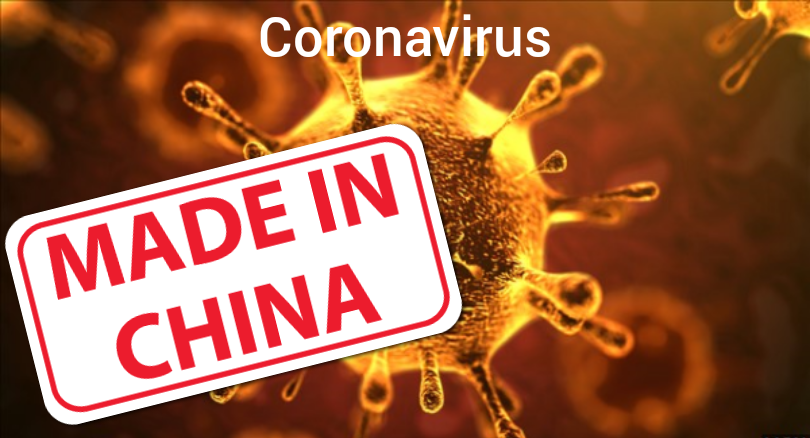Critical Reading—Teaching Kids to Discern Real Information from Fake News
Lambert discusses the process and practice of becoming critical thinkers, necessary skepticism for media consumers, and principles and actions to assist tweens and teens in better detecting falsehoods.
Critical Reading—Teaching Kids to Discern Real Information from Fake News Read More »

